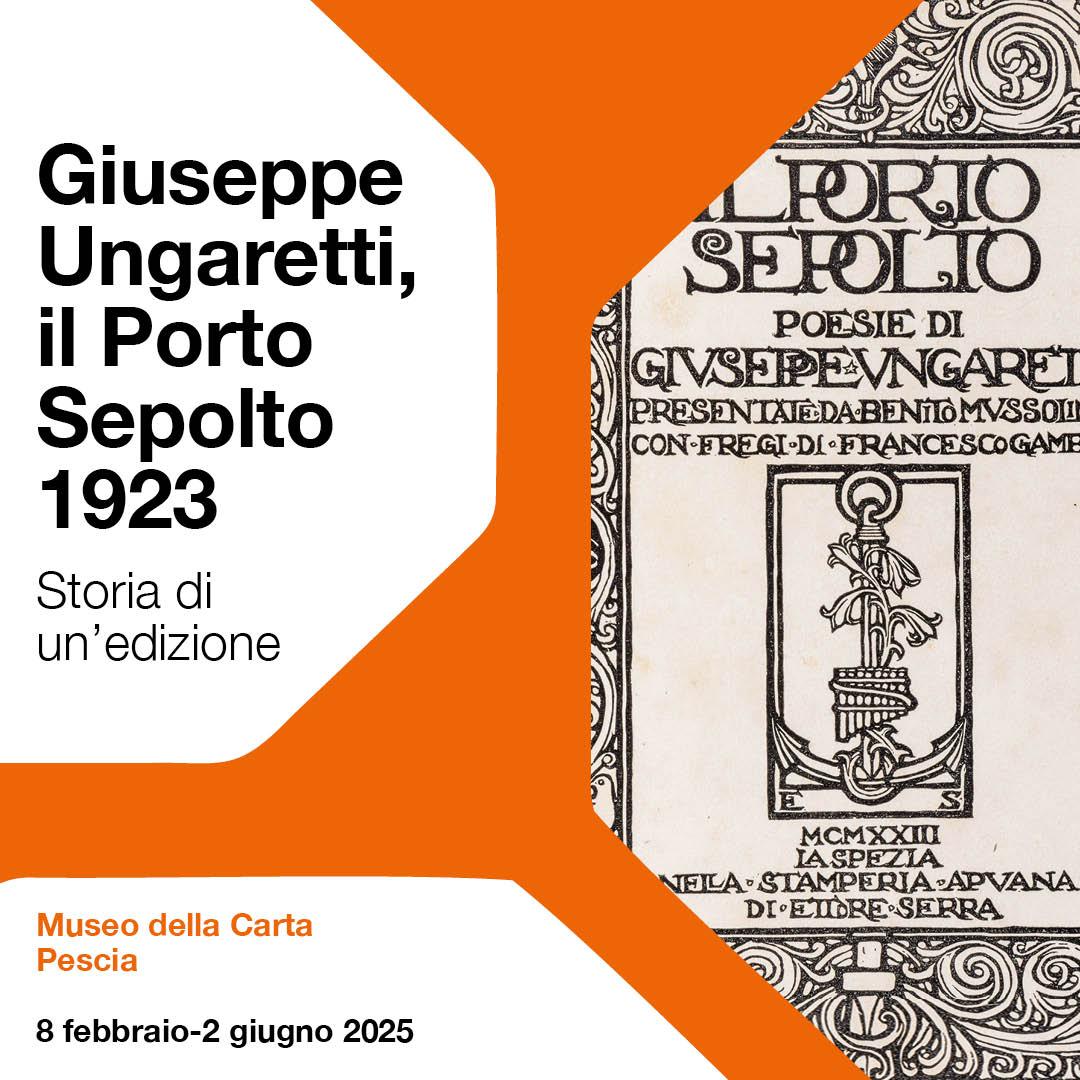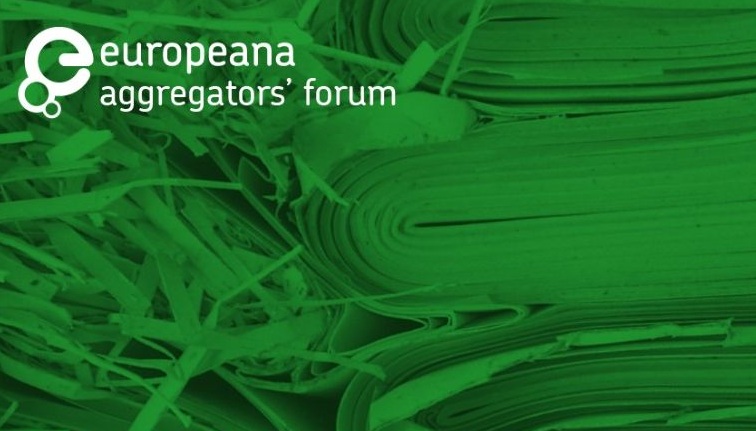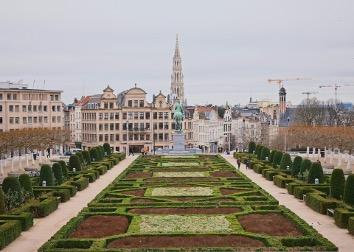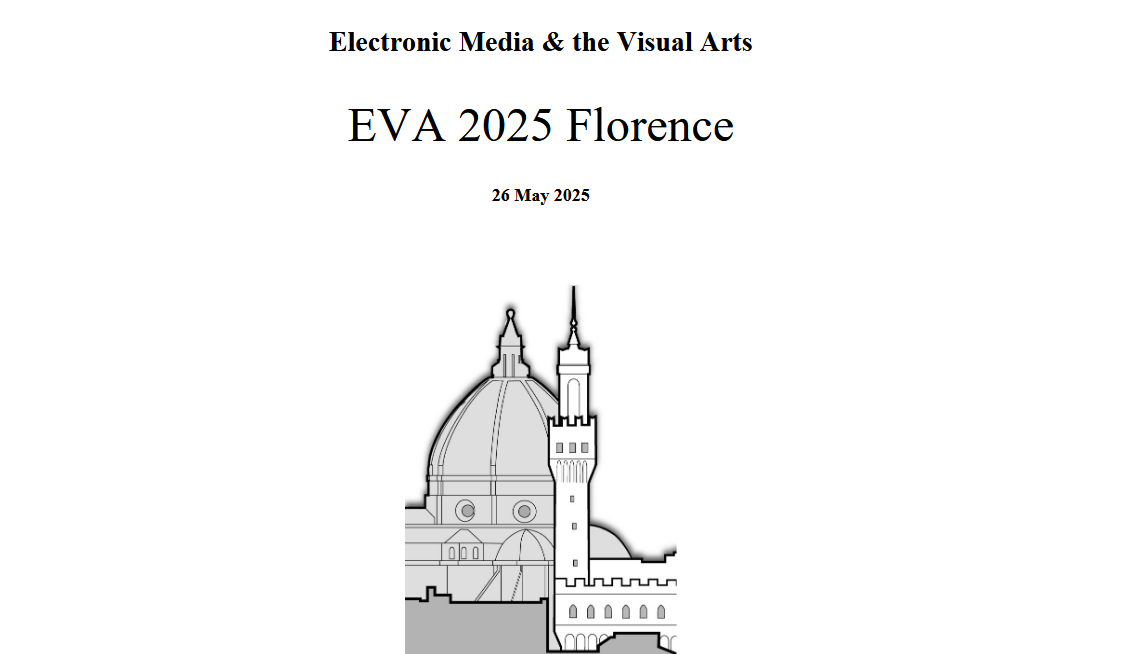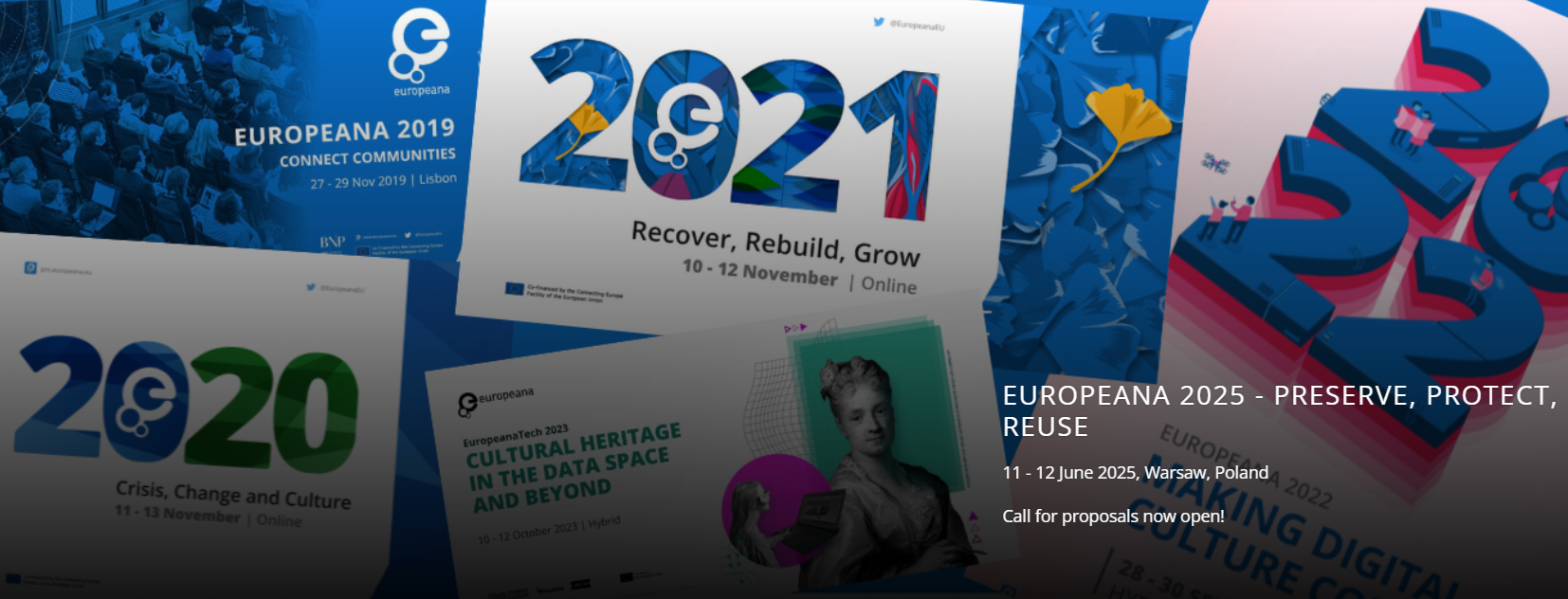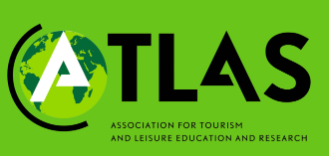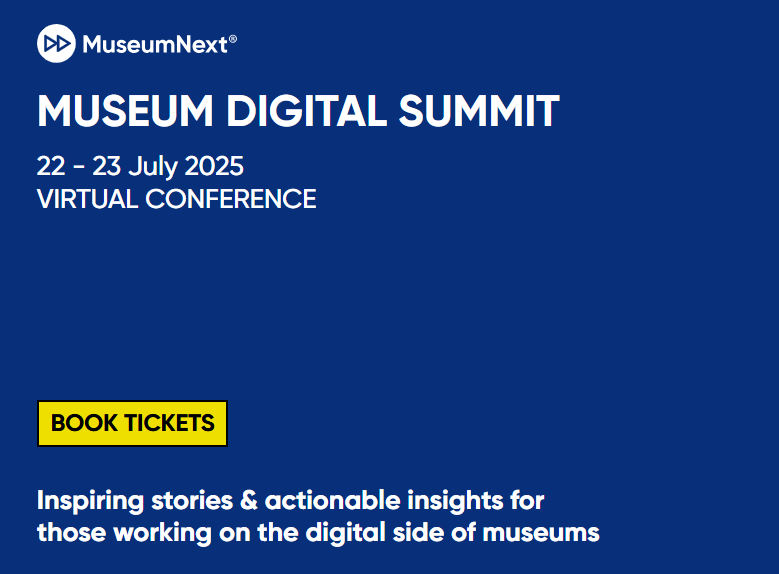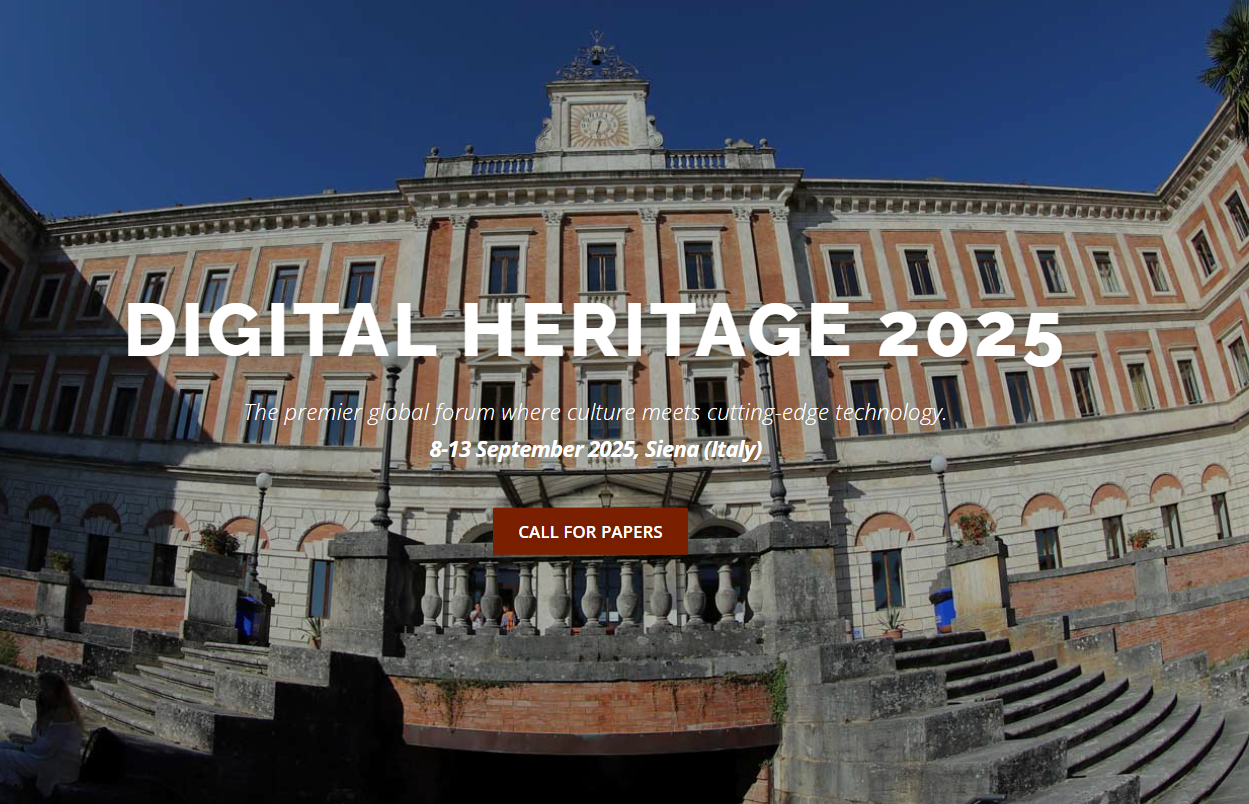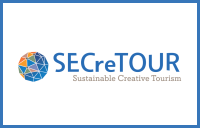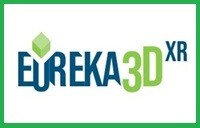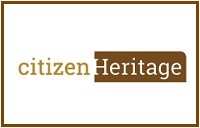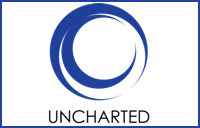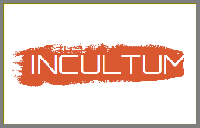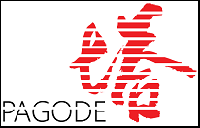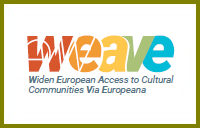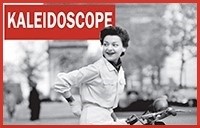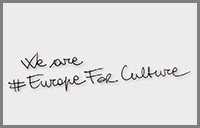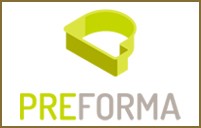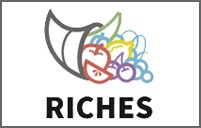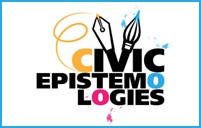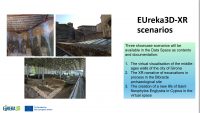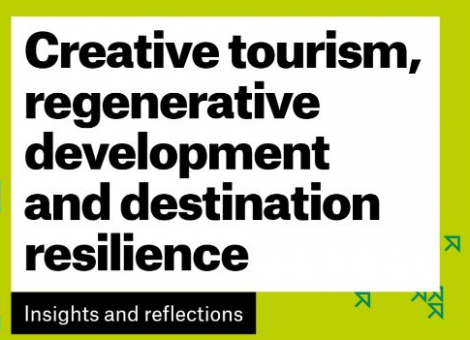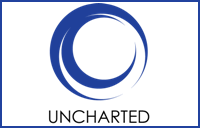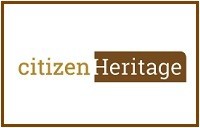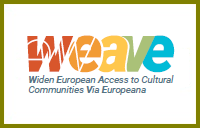-
Join the
Digital Meets Culture
Newsletter! -
Join the
Digital Meets Culture
Open Newsroom!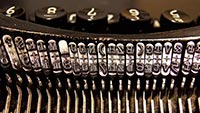 If you have interesting news and events to point out in the field of digital cultural heritage, we are waiting for your contribution.
If you have interesting news and events to point out in the field of digital cultural heritage, we are waiting for your contribution.
-
Free text
-
-
Upcoming events
-
 SYMPOSIUM ON HYDRAULIC HERITAGE, Nice and Saint-Martin-Vésubie, 28-29-30 April 2025
SYMPOSIUM ON HYDRAULIC HERITAGE, Nice and Saint-Martin-Vésubie, 28-29-30 April 2025The Symposium on Hydraulic Heritage will take place in Nice and in Saint Martin Vésubie from 28 to 30 April, 2025. The three days of debates and field work represent an international meeting between academics and practitioners from countries around … Continue reading →
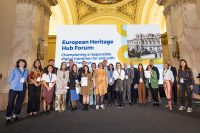 By Harry Verwayen, General Director of the Europeana Foundation, and Sneška Quaedvlieg-Mihailović, Secretary General of Europa Nostra and Project Leader of the European Heritage Hub
By Harry Verwayen, General Director of the Europeana Foundation, and Sneška Quaedvlieg-Mihailović, Secretary General of Europa Nostra and Project Leader of the European Heritage HubAs Europe navigates a complex landscape marked by a dramatic climate crisis and escalating socio-political tensions, including wars at our doorsteps, as well as by the rise of artificial intelligence, the role of cultural heritage – digital, tangible and intangible- … Continue reading →
Tag: Europeanaphotography
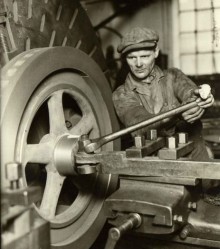
The Workers’ Museum, which opened in 1982, shows exhibitions on everyday life of the workers’ and the labour movement’s history primarily in Denmark, but with an international perspective. The Library and Archives collects documentation on the Danish labour movement in all its branches. Continue reading
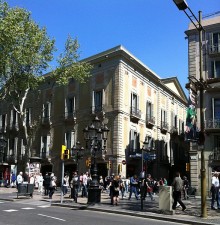
EuropeanaPhotography second plenary meeting was held in Barcelona. The meeting was intended to sum up the project progress up to now and to make plans for the next 6 months. Progress is going on according to the schedule as for content selection and digitization. Voices from the partners express the positive and friendly mood of the occasion. In the next period work will go on as well. Continue reading
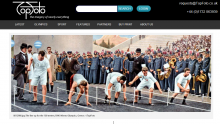
TopFoto is an independent picture library based in Edenbridge, Kent, England. The archive contains 10 million images from medieval documents to today’s digital files being sent in by FTP from all over the world.The core of the hardcopy archive comprises of 120000 negatives from John Topham (an individual photographer and TopFoto’s founder) plus millions of negatives and hardcopy prints from a variety of historic press agencies that have been collected since 1975. Continue reading
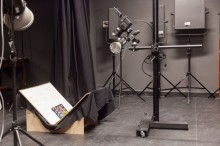
Founded in 1425, KU Leuven combines a rich tradition with top research and technology. Bruno Vandermuelen from the Faculty of Letters talks about the digitization facilities available at the University digital lab, helping digitization for EuropeanaPhotography EC project and other art-technical research in cultural heritage. Continue reading
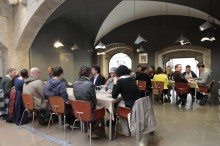
The workshop Digitization systems and procedures in photographic image archives aimed to provide an overview of the available systems for original photographic materials digitization as well as the procedures in order to obtain the best results in terms of image quality and fidelity to the original. Continue reading
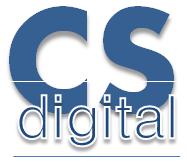
Founded in 1425, KU Leuven bears the double honor of being the oldest existing Catholic university in the world and the oldest university in the Low Countries. KU Leuven combines a rich tradition with top research & technology. There are more than 38.000 students, about 2000 academic staff and more than 4000 junior researchers. Continue reading

The Carl Simon Archive was a sleeping treasure of photos for 60 years. In 2011 finally the sensational life work of Carl Simon was rediscovered in an old storage room in Unterbilk, part of the city of Düsseldorf, Germany. Now it belongs to United-Archives. Continue reading
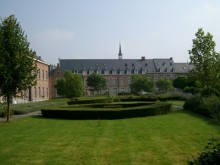
April 12th – 13th were very intense days for the EuropeanaPhotography project: the partners had the possibility to shake hands each other again, to show their collections, to discuss widely and to define several, important aspects about content themes and technical indexing issues. From our correspondents. Continue reading
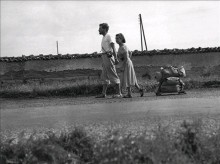
February 2012: Parisienne de Photography, Roger-Viollet’s parent company, joins the EuropeanaPhotography project: 30.000 images from the agency’s own collections will be digitised and contributed to Europeana within the next 3 years. Continue reading
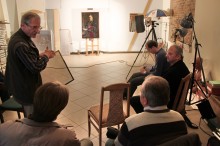
Lithuanian museums caught the digitisation train rather late comparing with the rest of Europe. Therefore now they try hard to come up with it and present Europe’s audience with digital images of their collections. The coordinator of museums digitisation activities is the Lithuanian Museums’ Centre for Information, Digitisation and LIMIS (LM CID LIMIS) established as a separate department at the Lithuanian Art Museum in 2009. Continue reading


